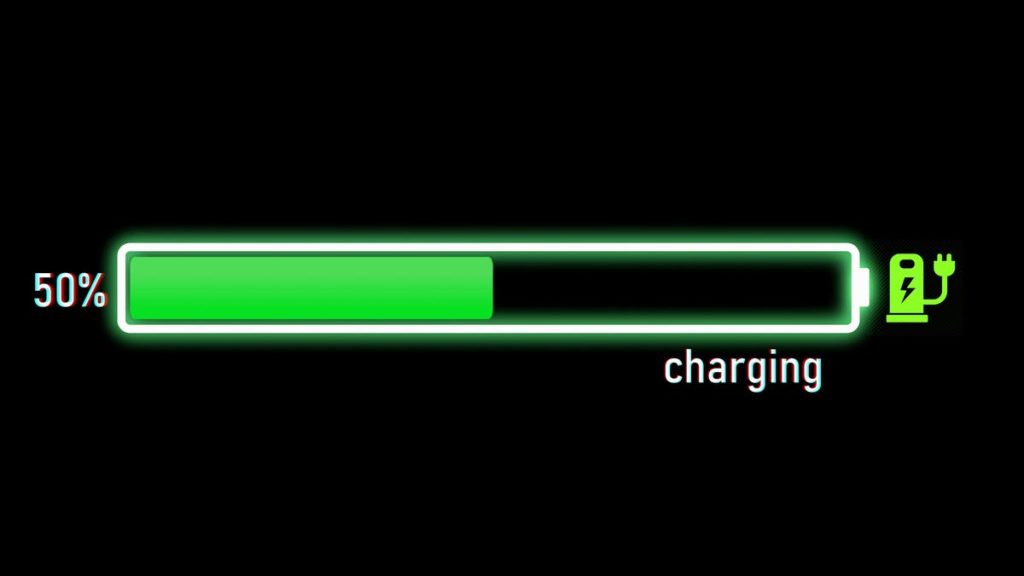We know that a large portion of carbon emissions is generated by the transport industry (road, sea, air); it’s 24% according to the IEA in 2020. The idea of EVs is instantly calming to all of us because we cannot see how the energy is produced, and also the physical smell and damage to the air around us are not there. There is no nasty exhaust haze or transport-generated smog.
Climate change is a complex science, and generally, we want an easy answer to the collective situation we find ourselves in. We can see oil extraction at sea and on land. Oil rigs, fields of them, are very visible in places like East Texas. The enormous refining plants around the world, from Fawley in Hampshire in the UK to the Dutch coast, are clear signs of what it takes to power transportation for us everywhere.
Our electricity grid generated 400 thousand trillion watts last year. It’s a difficult number to comprehend as our best friends, our cell phones, each consume 10 watt-hours. We plug them in, have portable batteries on the back of them. That market alone is predicted to triple in value by 2031 to $17.3 billion.
Our desire to build and power more and more around portable electricity puts, and will put, even more pressure on technology, supply chains, and raw materials. How we generate? How we distribute? How we consume? These are going to be questions we need to ask ourselves.
We know, for example, from Cambria Research Group’s study of EV adoption in the US that the tipping point year (when more EVs are considered than internal combustion unit vehicles) is fast approaching in 2026. We are at or very near to the Model Ford T moment for EVs as they get outside the affluent market of the Bay Area and West Coasts. Do we know how we are going to supply the energy needed, especially in the battery layers (generation, distribution, and consumption)?
Governments globally are forcing the use of alternative energy (solar, wind), but they all require batteries. Batteries are everywhere in the whole electrification infrastructure, though there are major challenges that have implications for the global economic and political landscape.
In order to live up to the shift in energy systems and the rapid rise of EVs internationally, we can see raw materials for batteries becoming a moment of national identity. Chile is nationalizing lithium mines in 2024. We will need to open 600 mines in the next seven years to deliver the raw materials, doubling the current supply chain.
- We are seeing pressure on copper raw materials, aluminum, and increasing pressure in North America and Canada to protect supply chains.
- This pressure is amplified by the current US and China tensions, as well as the fact that China makes the largest number of batteries and systems in the world and is the largest consumer and producer of EVs and cell phones. Their next markets for EVs will be Europe, not the US.
- China has built a remarkable infrastructure for battery production and consumption. While the batteries are far lower in density and mileage for EVs, they are easy to build and deliver. Ford’s partnerships in China illustrate that automotive vendors cannot do this on their own.
- This is a complex shift in energy and a moment where software may enable us to bridge some of the gaps as we become more battery-centric as a planet. Tesla got this scale/partnership model with Panasonic and has designed the playbook for future success, ecosystem cooperation.
The time crunch is now for us all. This is a tough challenge to solve. We need people to be more comfortable with the idea of a battery-based power unit. We need people to get comfortable handling more frequent recharging (like an electric scooter) and dedicating 20 minutes to this.
We need software as a layer above the battery to reconfigure, test, and deploy new capabilities that are key for success. You cannot do that near-live fine-tuning with an ICU. The best analogy for this is the comparison of the camera to the iPhone. Software now enables an iPhone to be constantly better in its capabilities without changing the hardware.
We have to get past range anxiety (fast charging and reliability). We can do this in 20-25 minutes through a charger. We need to think about EVs not being charged by oil but needing a whole new set of thinking.
A battery future is inevitable, so we need to think through how to use software to soften the transition from oil and also how to fine-tune the engines of the future.
Nadim Maluf is the CEO and co-founder of Qnovo with over 30 years dedicated to engineering better experiences and products for others. Nadim’s vision for Qnovo is to enable the electrification revolution for people around the world by paving the way for a more intelligent and resilient technology future. Nadim holds a Ph.D. from Stanford University, a B.E. from the American University of Beirut, and an M.S. from the California Institute of Technology. He has held various other leadership roles at LumaSense, Bookham, Stanford University, New Focus, and TRW Automotive.
Read the full article here










